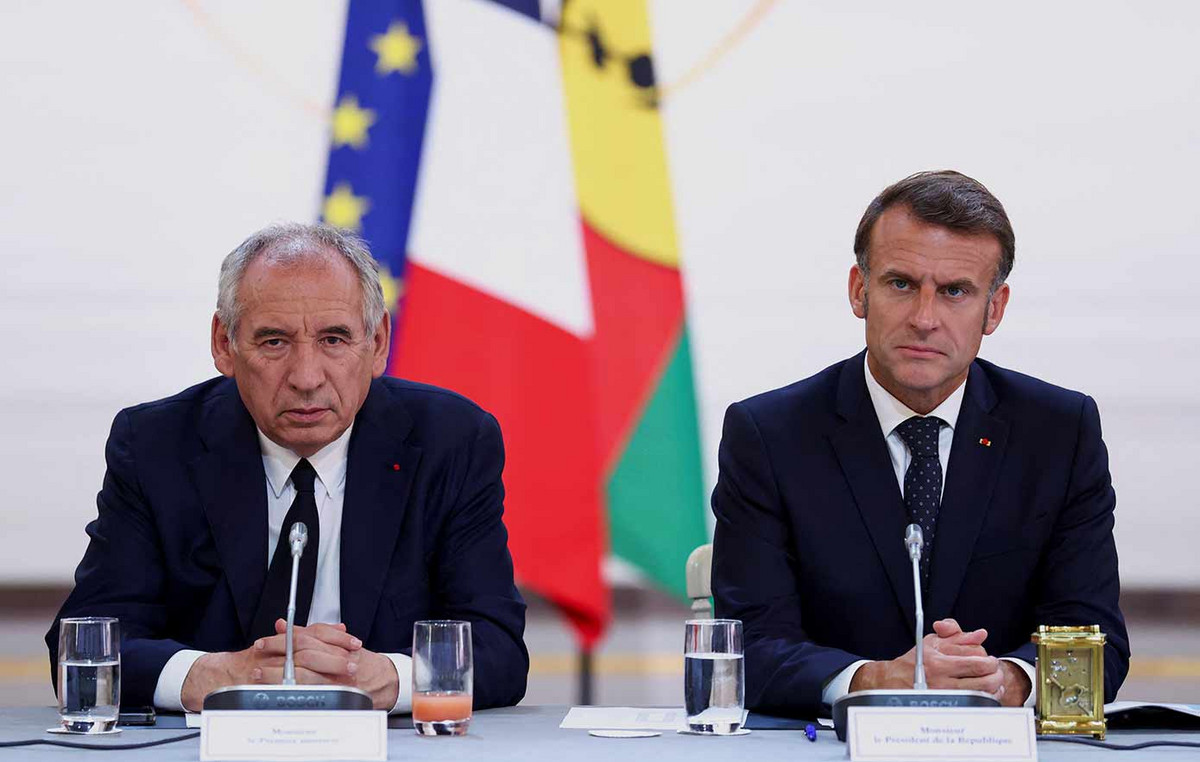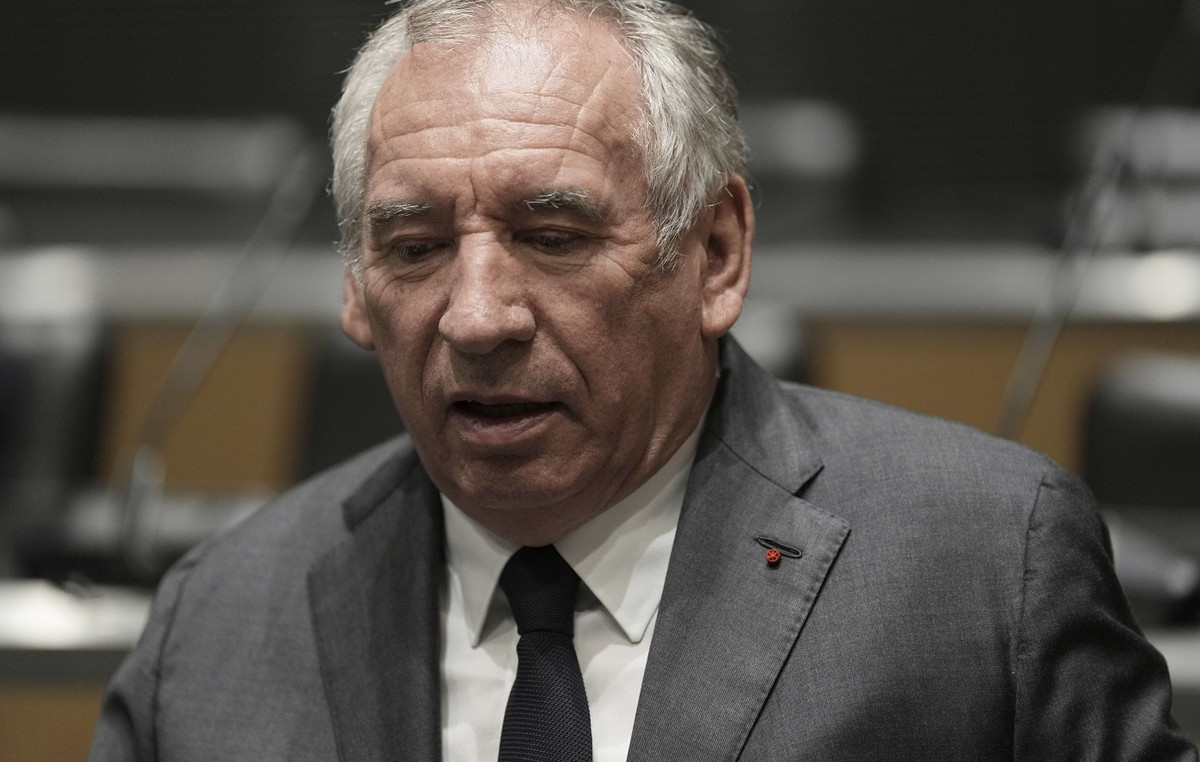As the longest-serving monarch in UK history, Queen Elizabeth II has seen 14 prime ministers go through the head of government. Now, with Boris Johnson’s resignation, she awaits a decision on the 15th prime minister to hold the post since his coronation.
Under the rules of the British electoral system, when the prime minister resigns, members of his party can run for leadership, without a general election being called. This means that, with the resignation of Johnson, another representative of the Conservative Party will take over.

In the 70 years of Queen Elizabeth’s reign, ten conservative prime ministers have occupied the chair. In all, the 14 prime ministers who were ahead of the United Kingdom in the period were:
- Winston Churchill (1940-1945 / 1951-1955)
- Anthony Eden (1955-1957)
- Harold Macmillan (1957-1963)
- Sir Alec Douglas-Home (1963-1964)
- Harold Wilson (1964-1970 / 1974-1976)
- Edward Heath (1970-1974)
- James Callaghan (1976-1979)
- Margaret Thatcher (1979-1990)
- John Major (1990-1997)
- Tony Blair (1997-2007)
- Gordon Brown (2007-2010)
- David Cameron (2010-2016)
- Theresa May (2016-2019)
- Boris Johnson (2019-2022)
Before Johnson, the also conservative Theresa May served as prime minister between the years 2016 and 2019. She resigned after difficulties in conducting Brexit – the process of leaving the United Kingdom from the European Union. May had replaced David Cameron, who stepped down after the Brexit referendum result.
Between 2007 and 2010, the British nation was ruled by Gordon Brown, the last Labor Party leader to rule the country so far. Brown replaced his party colleague Tony Blair, who served as prime minister for a decade.
Before Blair, John Major was premier from 1990 to 1997. Often under strong political pressure, Major won a decisive victory in the 1992 elections, which helped him consolidate his position until 1997, when he resigned.
Margaret Thatcher, the first woman to become Prime Minister of the United Kingdom, ruled between 1979 and 1990. During her 11 years in government, the “Iron Lady”, as she was known, faced strong opposition from the opposition and fought the Falklands War ( 1982) –an archipelago located in South America– against Argentina.
Preceding the Conservative, the Labor Party ruled the UK for five years under James Callaghan (1976-1979) and Harold Wilson (1974-1976).
Edward Heath was the country’s prime minister from 1970 to 1974, when he resigned. Before Heath, Harold Wilson served his first term between 1964 and 1970.
Alec Douglas-Home, the only prime minister born during the reign of Edward VII, held office for a year and three months between 1963 and 1964.
Over the six years he served as prime minister, between 1957 and 1963, Harold Macmillan worked to improve relations with the United States, shaken by the Suez Canal crisis, which began during the government of Anthony Eden, leader of the country between 1955 and 1957.
Winston Churchill was Prime Minister when Queen Elizabeth II, aged just 25, was crowned and held the post twice: between 1940 and 1945, leading the United Kingdom during World War II, and later from 1951 until 1955, when she resigned. to term a few months before turning 80.
Source: CNN Brasil
I’m James Harper, a highly experienced and accomplished news writer for World Stock Market. I have been writing in the Politics section of the website for over five years, providing readers with up-to-date and insightful information about current events in politics. My work is widely read and respected by many industry professionals as well as laymen.







